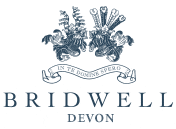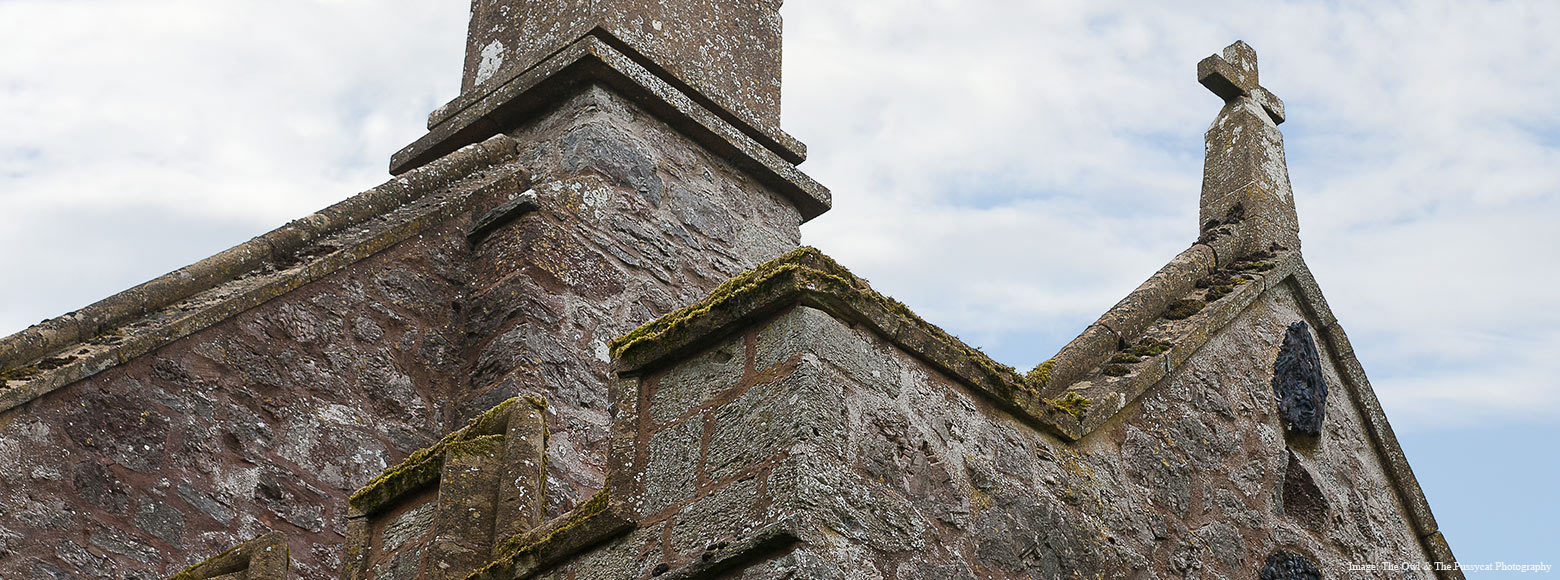Bridwell’s History
‘One of Devon’s unsung surprises’
– John Cornforth, Architectural Historian
A classic Georgian house
Bridwell is a Grade I listed classic Georgian house built in early Regency style by Richard Hall Clarke between 1774 and 1779. The Clarke family had owned the Bridwell estate since 1628 and the house and parkland were to remain in the family’s ownership for the next 200 years.
The house is set in an enviable position at the centre of a late 18th century landscape park and pleasure grounds, overlooking an ornamental lake.
The Gothic style Chapel
The original chapel dedicated to St Bridget and said to be associated with a holy well, was demolished in 1774. It was replaced in 1809 by the present glorious Gothic-style chapel with its dark volcanic rubble walls beneath an ancient Medieval timber roof brought from Plymouth. The present building was never consecrated: Richard Hall Clarke built the Chapel as a museum for the sole purpose of housing Captain Cook’s collection of artefacts from around the world, amassed during his travels, and subsequently the present building has never been consecrated.
Fire and restoration
In the late 1980s the house was devastated by fire, leading to a vast and costly restoration programme in partnership with English Heritage. The original fireplaces were retained and restored within the original rooms with their fine plasterwork, oak floors and splendid mahogany doors.
The lower ground floor, since its restoration, has been recreated as a recreational and office area, complete with home cinema, although it retains its original extensive wine cellars and butler’s pantry.
![]()
The Mountbatten Family
Lord Ivar Mountbatten
Lord Ivar Mountbatten and his family have made their home at Bridwell since 1997, having previously lived at Moyns Park in Essex, an Elizabethan mansion inherited from his cousin Ivar Bryce.
Lord Ivar belongs to one of the most illustrious families in Europe and is related to many of its crowned heads as well as the last Tsar of Russia. He is a direct descendent of Queen Victoria through his great-grandmother, Princess Victoria of Hesse who married Prince Louis of Battenberg.
Lord Ivar is also directly descended from Catherine the Great of Russia and Alexander Pushkin, the famous Russian poet. The Mountbatten name is the family name of the Milford Haven title, his brother being the current Marquess of Milford Haven.
Earl Mountbatten of Burma
Lord Ivar’s great-uncle was the renowned Earl Mountbatten of Burma, second son of Prince Louis of Battenberg and uncle to Prince Philip, Duke of Edinburgh.
Lord Mountbatten carried many titles during his life; he was born in 1900 as Prince Louis of Battenberg (like his father) then became Lord Louis Mountbatten (as the younger son of a Marquess) in 1917 when the various branches of the Royal Family anglicised their names at the behest of King George. He was created Viscount Mountbatten of Burma in 1945 in recognition of being the Supreme Allied Commander (SE Asia) during the Second World War. Thereafter, he was elevated to an Earldom in 1947 as a result of being the last Viceroy of India.
Earl Mountbatten of Burma was one of the most influential figures of the 20th century. After the war Lord Mountbatten, as Viceroy of India, was responsible for overseeing India’s independance. He continued his distinguished naval career until 1965.
Earl Mountbatten of Burma was assassinated by the IRA in 1979.
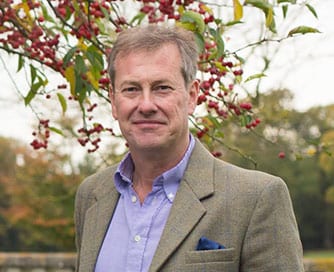

Lord Ivar Mountbatten, owner of Bridwell
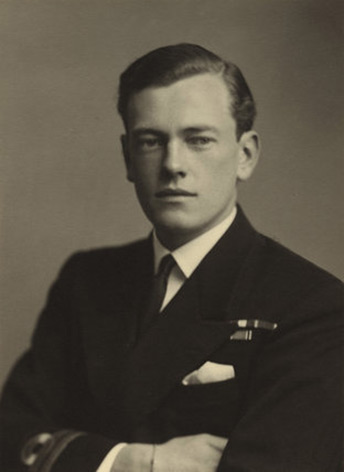

David Mountbatten, 3rd Marquess of Milford Haven (Lord Ivar’s Father)
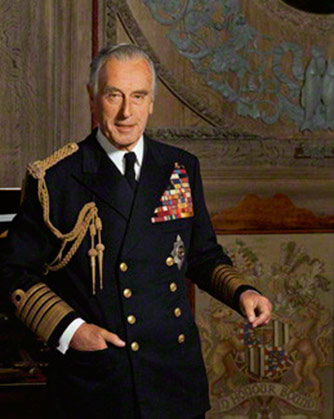

Louis Mountbatten, 1st Earl Mountbatten of Burma (Lord Ivar’s Great Uncle)
![]()
![]()
![]()
